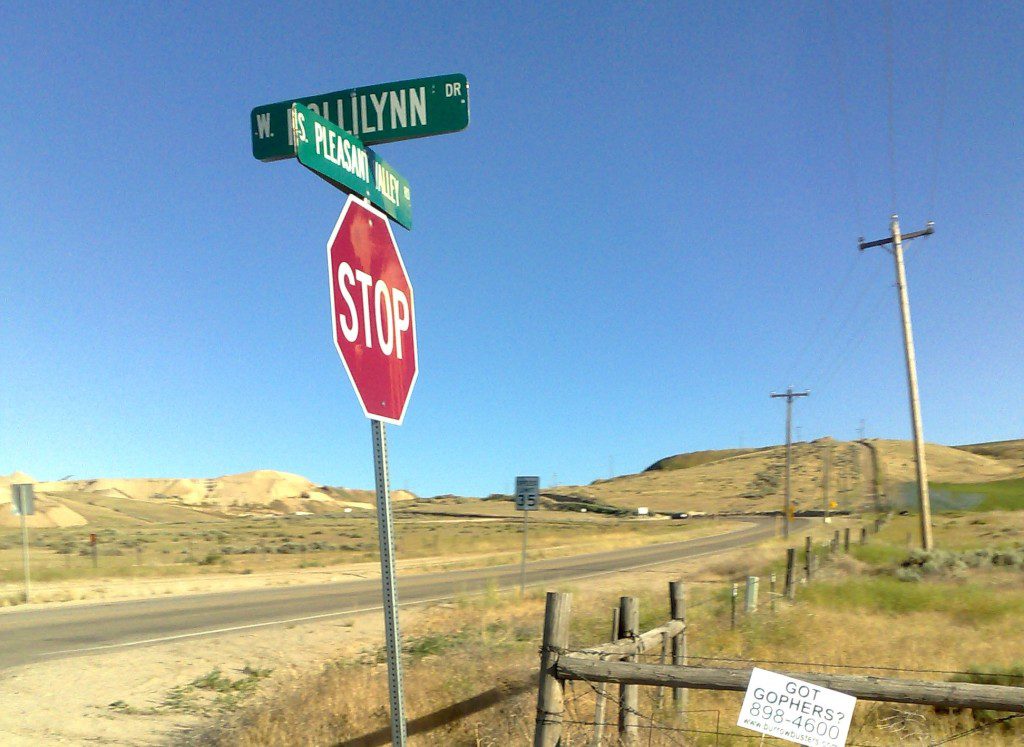Toronto cycling advocates call for laws recognizing the Idaho stop


Biking south along Shaw Street in Toronto, you find yourself as part of an ad hoc commuter peloton, whether you like it or not.
Garden-lined, rimmed on either side with some of the oldest, most charming brownstone houses in Toronto, Shaw Street is a beautiful, resplendent meeting ground for the city’s two-wheeling set. At 8 a.m. on a given weekday, you can start your ride on Dupont Street totally alone. By 8:15, though, wheeling south through the intersection of Shaw Street and Bloor, you may as well be a part of a Critical Mass ride—bells ringing, pedals cranking, helmets gleaming in the sun. It’s an idyllic experience for cyclists.
Then there’s the less-than-ideal part of it all.
Usually, it comes when a crosswalk is encountered, or some other place where bikes, cars and pedestrians alike tend to bunch together. It’s not the crowded nature of the intersection that becomes the problem, it’s the question of how to break through it. Some stop altogether; others, ahead of the pack, ride through—cautiously, mind you.
The latter is the Idaho stop, and to a few of Toronto’s community cycling advocates, it should be the law of the land.
Technically, the tactic isn’t just used everywhere, no matter what the conditions. Used correctly, an Idaho stop involves cautiously rolling through a four-way stop or a T-junction, when no other cars or pedestrians are in sight. It’s best used amid the massive clumping that happens when cyclists, for whom the roads of Toronto were built but who nonetheless inherit laws written for cars, meet at the same intersection. But given the wide field of vision that being uncaged by a vehicle’s chassis provides, the Idaho stop also an effective way to avoid other, more dangerous problems presented by cars.
“Most of the people that I know who ride bikes do it,” said Jared Kolb of Cycle Toronto, speaking to Global News. “When it comes down to it, if there’s a cyclist there, if there is a pedestrian, if there’s another driver, I come to a complete stop. But if there’s no one there, I’ll roll through.”
Kolb and scores of other Toronto cyclists aren’t alone. The method is called the “Idaho stop” because Idaho, with its long, rolling plains, is the place where this tactic is legal. It’s not done simply to make the lives of people driving cars worse. There are, in fact, studies that back up the Idaho stop’s efficacy in making cycling safer for everyone—and it’s that basis which compels Toronto cycling advocates to push for its legal enshrinement.
“One of the studies that is probably the most compelling,” Kolb told Global News, citing American reports regarding the controversial method, “showed a decline in the number of cycling collisions by 15 per cent.” To corroborate Kolb’s claims, Global News set up cameras near the intersection of Shaw Street and Dundas Street West, a busy intersection for cyclists that sits directly adjacent to Trinity-Bellwoods Park. During a 15 minute period, 15 cyclists were recorded rolling through the stop.
Not one of them experienced a near-miss or any other compromise of traffic safety.
Noting that a change to these laws would require specifically amending Ontario’s Highway Safety Act, Toronto author and cycling activist Yvonne Bambrick notes that any way forward would require a good deal of social sensitivity, and even more public education. “Any kind of law change would have to have a public education campaign as part of it.”
“It’s not a bad thing to revisit these things over time,” she said.
According to Global News, Ontario’s provincial government is indeed considering changes to the Highway Traffic Act, transportation minister Steven De Luca said, but the changes suggested by cycling advocates aren’t among them.
